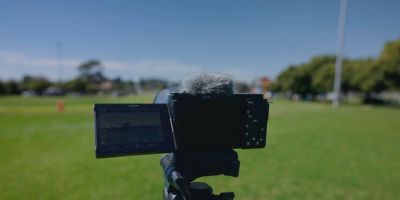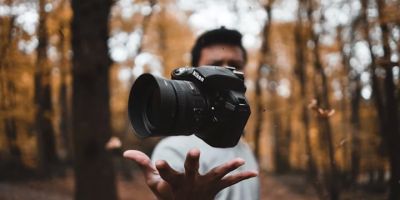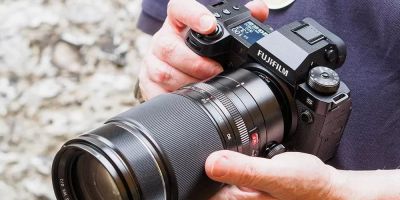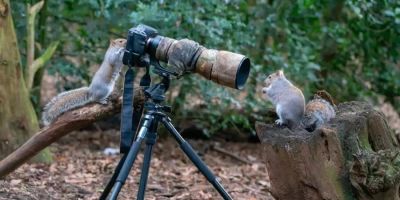- 1-What-Is-Golden-Hour-And-Why-It-Matters
- 2-Preparing-To-Photograph-During-Golden-Hour
- 3-Techniques-For-Capturing-Perfect-Golden-Hour-Shots
- 4-Real-Life-Story-Of-Golden-Hour-Photography-Success
- 5-Enhancing-Your-Golden-Hour-Photos-With-Post-Processing
- 6-Photo-Studio-Support-For-Golden-Hour-Photography
1. What Is Golden Hour and Why It Matters
The golden hour refers to the period shortly after sunrise or before sunset when the sun casts a soft, warm, and diffused light. This natural lighting condition is prized by photographers because it enhances colors, reduces harsh shadows, and adds a magical glow to subjects and landscapes.
Understanding how to photograph during golden hour means harnessing this unique light to create images that are rich in tone and mood. Unlike the harsh midday sun, golden hour light flatters skin tones and textures, giving portraits a natural warmth and landscapes a dreamy quality.
1.1 The Science Behind Golden Hour Lighting
The sun's low angle during golden hour causes sunlight to travel through more atmosphere, scattering blue light and allowing warm hues of red, orange, and yellow to dominate. This effect softens contrast and produces long shadows, which add depth and dimension to photos.
2. Preparing To Photograph During Golden Hour
Preparation is key to making the most of golden hour’s brief window. Since this period lasts roughly an hour, depending on location and season, photographers need to plan carefully to capture their best shots.
2.1 Scout Your Location in Advance
Visit your chosen spot beforehand to identify ideal angles, backgrounds, and compositions. Understanding where the sun rises or sets in relation to your subject helps optimize light direction and shadows.
2.2 Pack Essential Gear
Bring a camera capable of manual settings, a sturdy tripod for stability, and reflectors or diffusers to manage light. Lenses with wide apertures, such as f/1.8 or f/2.8, are excellent for maximizing golden hour’s soft light effects.
2.3 Timing Your Shoot
Arrive early to set up and adapt to changing light conditions. Use apps or websites to track golden hour timings specific to your location, as these vary daily and geographically.
3. Techniques For Capturing Perfect Golden Hour Shots
Knowing how to photograph during golden hour goes beyond timing—it requires mastering certain techniques that leverage the unique light qualities.
3.1 Use Backlighting and Silhouettes Creatively
Positioning your subject between the camera and the sun can create striking silhouettes or glowing edges, enhancing mood and artistic impact.
3.2 Adjust Exposure Settings Thoughtfully
Golden hour’s dynamic range can trick your camera’s meter. Manually controlling exposure or using exposure compensation helps avoid under- or overexposed images. Slightly underexposing can preserve the warmth and prevent blown highlights.
3.3 Experiment with Lens Flares
Golden hour light often produces natural lens flares that add a dreamy aesthetic. While often avoided, intentional use of flares can inject personality into your photos.
3.4 Focus on Textures and Details
The soft light accentuates textures beautifully. Capture close-ups of leaves, skin, or architectural details to showcase the nuanced illumination.
4. Real-Life Story Of Golden Hour Photography Success
Jane, an amateur photographer, shared how learning to photograph during golden hour transformed her portfolio. Initially frustrated by unpredictable light, she began planning her shoots around golden hour and experimenting with backlighting techniques. One evening, she captured a stunning portrait of a friend silhouetted against a fiery sunset. That image quickly gained popularity online, motivating Jane to pursue photography professionally.
This story illustrates how mastering golden hour photography can elevate both creativity and career prospects, emphasizing the value of patience and practice.
5. Enhancing Your Golden Hour Photos With Post-Processing
Post-processing is the final step to maximize your golden hour images. Editing software can enhance warmth, adjust contrast, and subtly improve color saturation without losing the natural feel.
5.1 Use Warm Color Filters Carefully
Applying gentle warmth boosts the natural golden tones but avoid overdoing it to maintain authenticity.
5.2 Balance Highlights and Shadows
Fine-tune shadows to retain depth while ensuring highlights don’t become harsh or blown out.
5.3 Sharpen Details for Impact
Enhance textures and details slightly to bring out the nuances the golden hour light reveals.
6. Photo Studio Support For Golden Hour Photography
If you want to perfect your golden hour photography skills or find the best equipment, our website, Photo Studio, offers expert guidance and a curated selection of cameras, lenses, and accessories suited for natural light photography.
Whether you’re a beginner or a seasoned photographer, Photo Studio provides resources and services tailored to help you capture those breathtaking golden hour moments with confidence and creativity.





